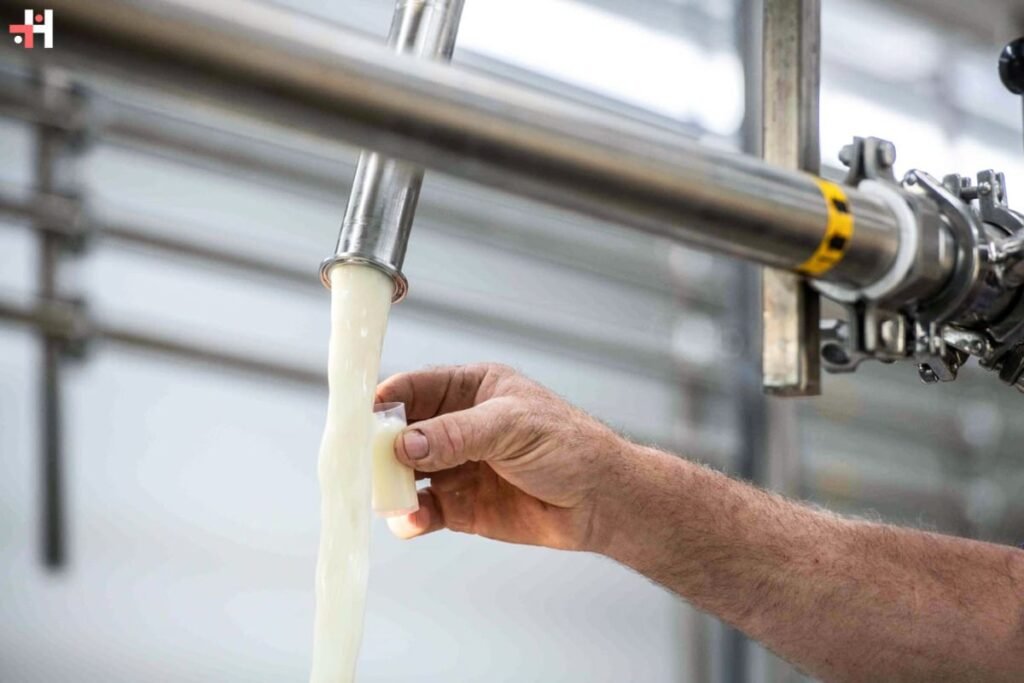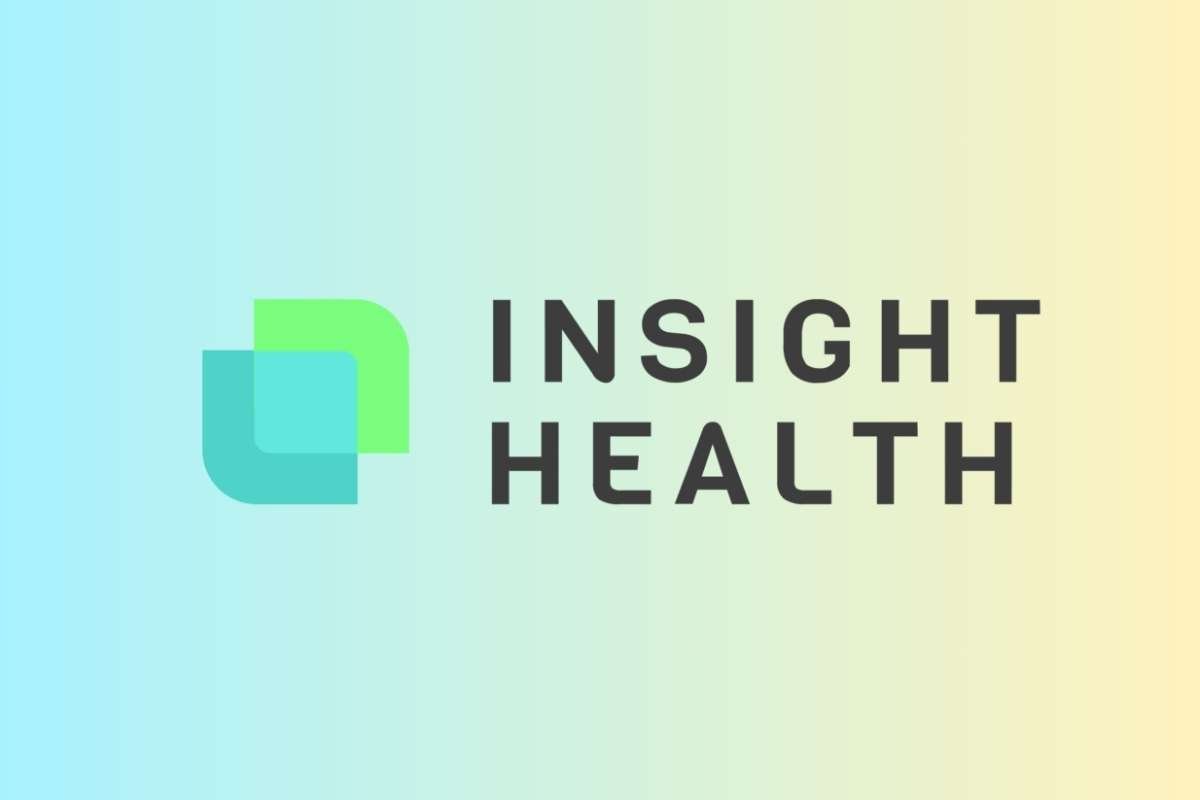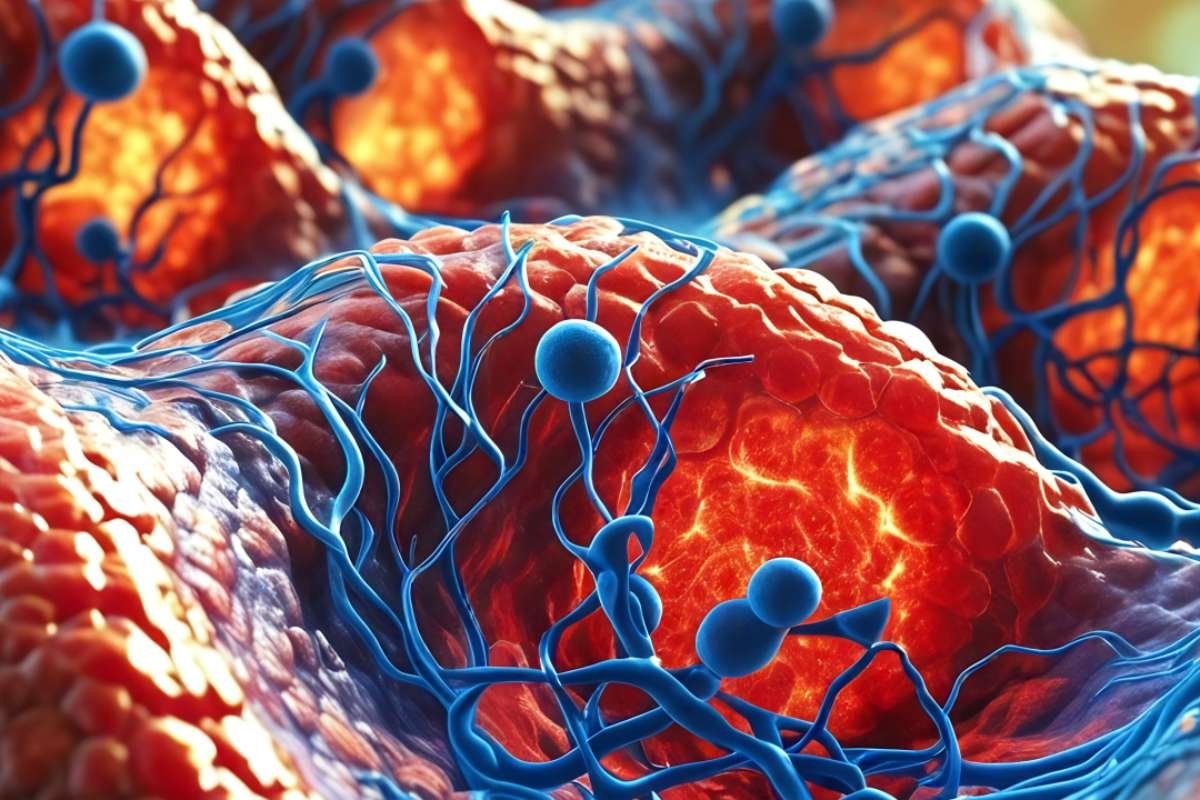(Source-NBC-News)
To drink raw milk Enthusiasts is to flirt with dangerous germs. However, amid an unprecedented outbreak of H5N1 bird flu in US dairy cows, the risks have increased significantly. Health experts have heightened warnings against consuming raw milk during this outbreak, the full scope of which remains unclear.
Enthusiasts Dismiss Warnings
Despite the heightened risk, raw milk enthusiasts remain undeterred. The California-based Raw Milk Institute labeled the warnings as “fearmongering.” Mark McAfee, the institute’s founder, told the Los Angeles Times that his customers are specifically requesting raw milk from H5N1-infected cows. They believe, without evidence, that drinking high levels of the avian influenza virus will provide them with immunity to the deadly pathogen.
Expert Michael Payne, a researcher and dairy outreach coordinator at the Western Institute for Food Safety and Security at UC Davis, told the LA Times that this belief is akin to “playing Russian roulette with your health.” Payne emphasized that deliberately trying to infect oneself with a known pathogen contradicts all medical knowledge and common sense.
Uncharted Territory for Avian Influenza in Cattle
Much remains unknown about avian influenza in cattle. Until March 25, when the US Department of Agriculture confirmed the virus in a Texas dairy herd, cattle were generally considered nearly resistant to H5N1. Since then, the USDA has recorded 42 herds in nine states contracting the virus. Epidemiological data suggests cow-to-cow transmission following a single spillover event, with the 42 outbreak herds connected by the movement of cattle between farms.
Preliminary data indicates that cows largely develop mild illness from the infection and recover within weeks. The virus primarily targets their mammary glands. A recent preprint found that cows’ udders are rich in molecular receptors that bird flu viruses use to initiate infection. These glands contain multiple types of receptors, including those targeted by human flu viruses, raising concerns that dairy cows could act as a mixing vessel for new flu virus variants.
Viral Contamination in Raw Milk
Researchers have discovered high levels of H5N1 viral particles in raw milk, which appear capable of infecting other mammals. A case study last month reported that about two dozen farm cats developed severe illness after drinking milk from H5N1-infected cows, with some cats developing severe neurological symptoms. More than half of the cats died within days.
The difference in flu receptor distribution between cows and cats may explain the varied impact of the virus. While cows have numerous flu receptors in their mammary glands, these receptors are less common in other parts of their bodies, such as the respiratory tract and brain, leading to milder infections. Conversely, cats have more widely distributed receptors, resulting in severe infections involving the lungs, hearts, eyes, and brains.
The Debate over Raw Milk Enthusiasts Benefits
Raw milk devotees claim, without evidence, that it provides health benefits over pasteurized milk and dismiss the risk of H5N1 exposure. They argue that the human digestive system will destroy the virus and point out that there is no documented case of a human becoming infected with H5N1 from drinking contaminated milk. However, the current outbreak represents the first known instance of highly pathogenic avian influenza (HPAI) affecting dairy cow mammary glands, presenting a new risk.
Before pasteurization became routine, raw milk Enthusiasts was a common source of infections. According to the FDA, in 1938, milkborne outbreaks accounted for 25 percent of all foodborne disease outbreaks. More recently, milk has been linked to less than 1 percent of such outbreaks. The Centers for Disease Control and Prevention notes that areas where raw milk was sold legally between 1998 and 2018 had 3.2 times more outbreaks than areas where it was illegal.
Regulatory Recommendations
In a Q&A document, the FDA stated, “we do not know at this time if HPAI A (H5N1) viruses can be transmitted through consumption of unpasteurized (raw) milk and products (such as cheese) made from raw milk from infected cows.” Due to this uncertainty and the potential risk of infection, the FDA recommends halting all sales of raw milk and raw milk products from H5N1-infected or exposed cattle. Generally, the agency advises against consuming raw milk.
Globally, as of March 28, there have been 888 cases of H5N1 in humans across 23 countries, with a fatality rate of 52 percent. In the US, only one human has been infected with H5N1 in connection with the dairy cow outbreak—a farm worker who developed pink eye and recovered without respiratory symptoms. Researchers did not receive consent to test the worker’s household contacts.
As the situation evolves, health experts continue to emphasize the risks associated with consuming raw milk, particularly amid the ongoing H5N1 outbreak.










